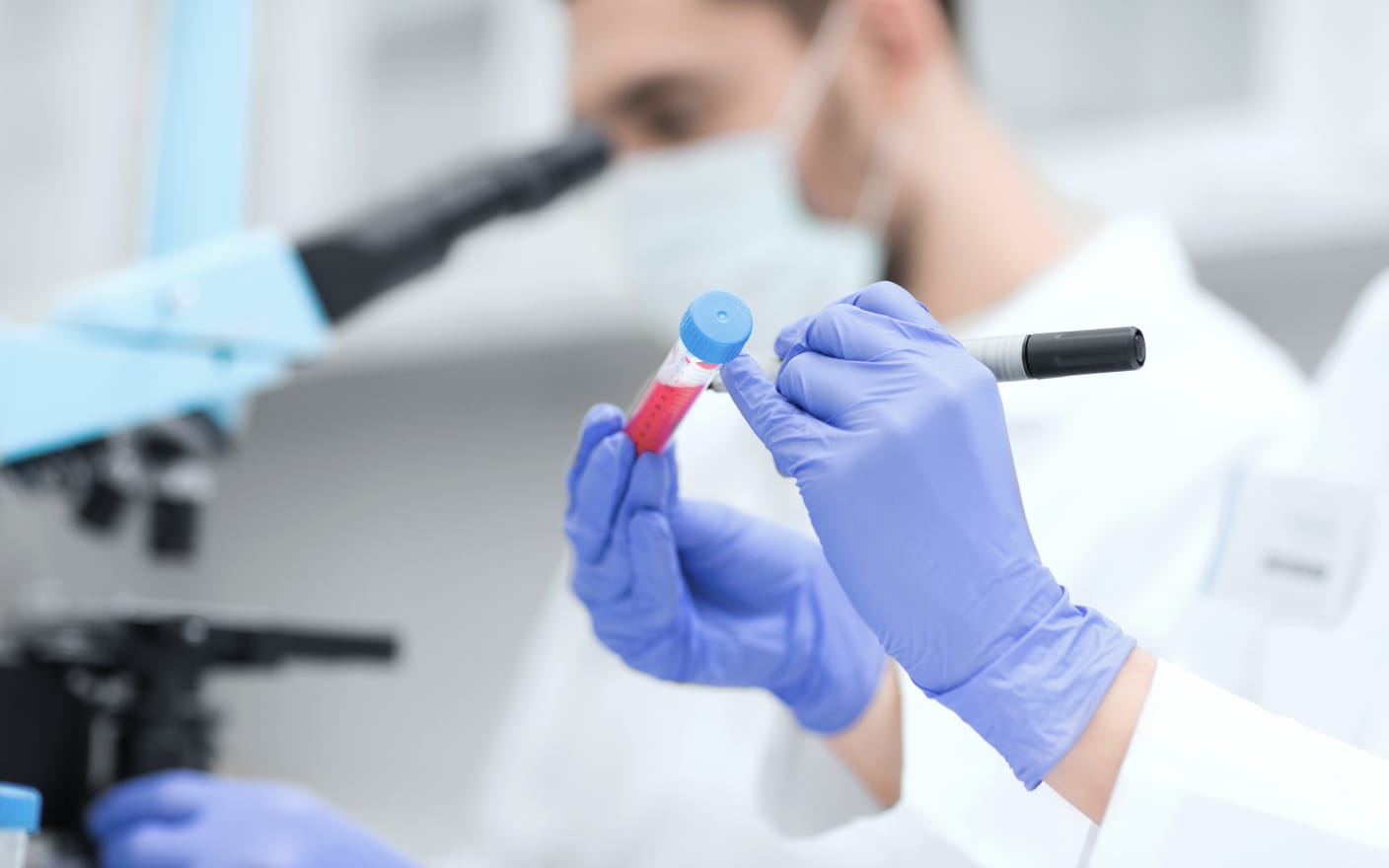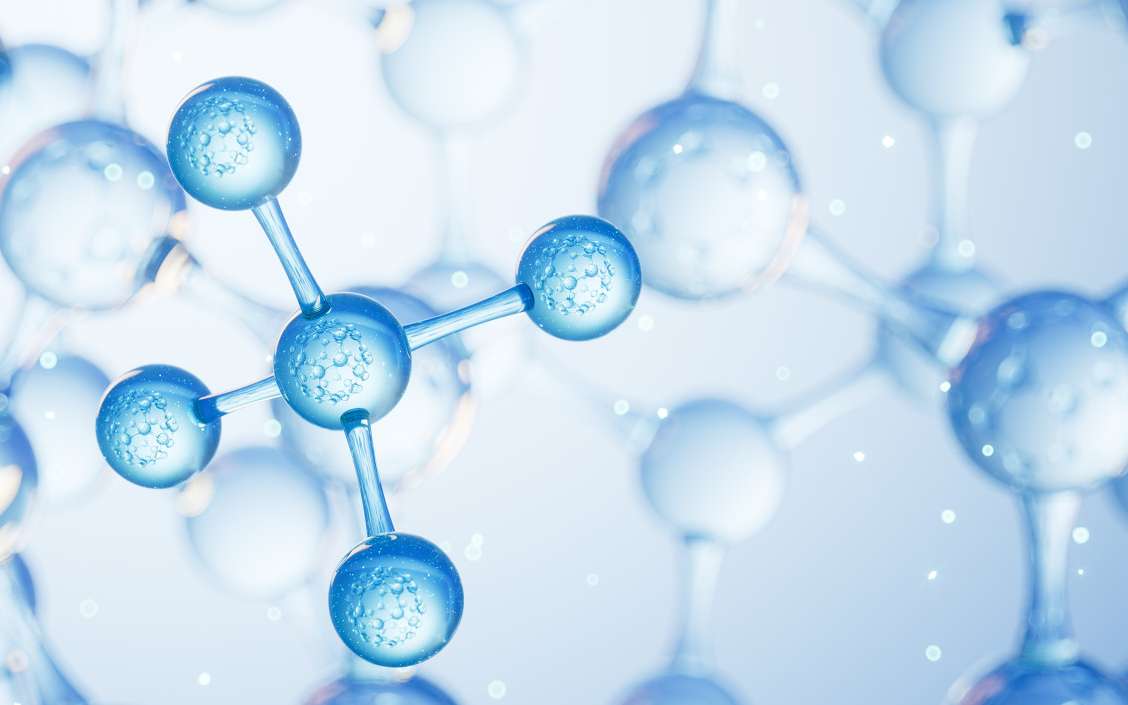Drug metabolism, also known as biotransformation, refers to the process by which drugs undergo chemical structural changes in the body. Conventional studies on the metabolism of small molecule drugs often focus on metabolic pathways, the types of metabolites produced, the enzymes involved, metabolic rates, and species differences. This area of research is extensive and provides critical insights into how the drug is disposed of in the body. However, the metabolism of chiral drugs presents unique challenges due to the presence of chirality.
Chiral drugs exist as pairs of enantiomers labeled R and S. Their metabolism can occur in two ways. In one scenario, each enantiomer is metabolized separately, which may lead to differences in metabolic rates and therapeutic effects of the racemate. In the other scenario, a unique process called chiral inversion occurs, where one enantiomer converts into its mirror image. Understanding chiral inversion is vital for chiral drugs, especially in the early drug development stage, as it can influence the direction of chiral drug development.

Figure 1. Stereoselective metabolism of chiral drugs
Metabolism of enantiomers
Differences in metabolic rates
The metabolism of enantiomers can show significant differences in metabolic rates and species. Table 1 lists several marketed drugs and their enantiomers (R and S). Researchers measured intrinsic clearance (Clint) via in vitro studies and calculated the clearance ratios of R and S [1]. If the clearance ratio is much greater or less than 1, there is a difference in the metabolic rate of the pair of enantiomers. The data shows that the clearance ratio for the R and S forms of these drugs can vary widely, with differences reaching as high as 8.88 times. If given as a racemate, the exposure levels of the R and S forms in the body may differ significantly. Additionally, the clearance ratios for nifedipine enantiomers also show variation in liver microsomes from different species (see Table 1). In humans, the R form is metabolized faster than the S form, while in rats and dogs, the S form is metabolized more quickly, highlighting species differences.
|
Drug |
Enzyme/Matrix |
Metabolic Pathway |
Enantiomers (R, S) Clint Ratio |
|
Albuterol |
Human phenol sulfotransferase |
Sulfation |
8.88 [R:S] |
|
Felodipine |
Rat liver microsomes |
Oxidation |
1.35 [S:R] |
|
Dog liver microsomes |
1.47 [S:R] |
||
|
Human liver microsomes |
0.52 [S:R] |
||
|
Ifosfamide |
CYP3A4 human supersomes |
Dechloroethylation |
4.6 [S:R] |
|
CYP2B6 human supersomes |
Dechloroethylation |
2.5 [S:R] |
|
|
Propanolol |
Dog liver microsomes |
Glucuronidation |
2.30 [S:R] |
Table 1. Clearance ratios of a pair of enantiomers in in vitro metabolism systems[1]
Impact on therapeutic effects of the racemate
The stereoselective metabolism of enantiomers can influence the therapeutic effects of a racemic pair. One of the major dose-related side effects of ifosfamide is urotoxicity, which is caused by a breakdown product of dechloroethylation. The dechloroethylation is a competing metabolic pathway for 4-hydroxylation, which results in the active ingredient. The formation of 4-hydroxylation for the R-enantiomer appeared to be 3-fold faster than that of the S-enantiomer. The intrinsic clearance of S-ifosfamide was 4.6-fold higher than that of R-ifosfamide when toxic metabolites were produced. Thus, R-ifosfamide has a more favorable metabolic profile, leading to better therapeutic outcomes than that of its antipode[2].

Figure 2. Stereoselective metabolism of Ifosfamide
Insights of assessing chiral inversion
Chiral inversion is the process when one enantiomer converts into its mirror image, which can affect drug effectiveness or even lead to toxic effects. Various guidelines on chiral drugs emphasize the importance of monitoring chiral inversion[3-5]. Here are some key points to understand chiral inversion.
Is chiral inversion directional?
Chiral inversion usually occurs in one direction, with most cases being unidirectional. Some nonsteroidal anti-inflammatory drugs (NSAIDs), like 2-aryl propionic acids, are known to undergo chiral inversion. For example, R-ibuprofen can convert to S-ibuprofen, but not the other way around[6]. S-ibuprofen is the main enantiomer responsible for racemic ibuprofen's effectiveness, allowing it to achieve a similar therapeutic effect at lower doses than racemic ibuprofen.

Figure 3. Direction of ibuprofen chiral inversion [6]
Do all chiral drugs undergo chiral inversion?
Not all chiral drugs undergo chiral inversion, depending on drug structure. The research shows that the size of the alkyl substituent at the alpha-carbon at the methyl group, and the presence of the methyl group at the chiral center were critical for chiral inversion[6].
Is chiral inversion always enzyme-catalyzed?
Several factors can influence chiral inversion (see Figure 4). It is commonly believed that biological factors, such as enzymes, tissue types, and species, may cause chiral inversion. Enzymes, receptors, and other binding molecules can recognize enantiomers as different entities, leading to varied behaviors and pharmacological responses[7-9]. However, non-biological factors can also cause chiral inversion[10]. This highlights the need to consider both enzymatic and non-biological factors (pH, temperature and solvents, etc.) during drug formulation, sample processing, and analysis ex vivo.

Figure 4. Factors influencing chiral inversion[10]
How is chiral inversion studied?
The researchers typically start with the chiral synthesis or separation of a single enantiomer to study chiral inversion. In vitro studies can be conducted in formulations, gastrointestinal fluids, plasma, liver microsomes, or other systems. By incubating a single enantiomer and using chiral analytical methods, researchers can observe concentration changes in both enantiomers. If S-enantiomers are detected in an in vitro system where R-enantiomers were incubated (and vice versa), this indicates chiral inversion has occurred. In vivo studies are conducted by administering a single enantiomer to relevant animal species and using chiral analysis to monitor drug concentrations. If S-enantiomers are detected after administering R-enantiomers (and vice versa), it indicates that chiral inversion has occurred.

Figure 5. Chiral inversion research flowchart
How to evaluate the extent of chiral inversion?
Currently, there is no standardized method for calculating chiral inversion rates. A proposed approach is to compare the area under the curve (AUC) of the converted enantiomer to the total AUC of both the original and converted enantiomers. The chiral inversion rate of a single enantiomer is respectively calculated in the following table.
|
Compound |
RAUC |
SAUC |
R Chiral Inversion Rate (%) |
|
R-enantiomer |
800 |
200 |
20 |
|
Compound |
RAUC |
SAUC |
S Chiral Inversion Rate (%) |
|
S-enantiomer |
300 |
700 |
30 |
Table 2. Example for the calculation of chiral inversion rate
R chiral inversion rate (%) = SAUC / (RAUC + SAUC) * 100%
S chiral inversion rate (%) = RAUC / (RAUC + SAUC) * 100%
There are currently no specific guidelines for defining the extent of chiral inversion. According to the "Safety Testing of Drug Metabolites Guidance for Industry" issued by a regulatory agency, if the level of a metabolite exceeds 10% of the total exposure in the body, it should be monitored. For chiral drugs undergoing inversion, the enantiomer produced by chiral inversion can be treated as a metabolite. Some literature suggests that a chiral inversion rate of around 5% may be considered negligible.
Based on the considerations above, we propose recommendations for assessing the chiral inversion rate (Figure 6). If the inversion rate exceeds 10%, it is advisable to monitor both enantiomers using chiral analytical methods in preclinical studies to compare with clinical pharmacokinetic data.

Figure 6. Recommendations for assessing the extent of chiral inversion
Concluding remarks
In biological systems, transporters, enzymes, receptors, and other binding molecules can distinguish different enantiomers, leading to varied responses in biological processes. The stereoselective metabolism of chiral drugs can produce different types and/or amounts of metabolites. Therefore, it is crucial to conduct comprehensive studies on their metabolic characteristics early in preclinical development using chiral analytical methods.
Single enantiomer drugs are currently the main form of chiral drug development, as pairs of enantiomers may have different biological properties. Single enantiomers can reduce unknown safety risks and a superior single enantiomer can be selected for better efficacy. In the early stages of single enantiomer development, it is essential to investigate the potential for chiral inversion and its extent. For studies on racemic drugs, chiral analysis is necessary to determine whether chiral inversion occurs, whether their PK characteristics are similar, and whether the plasma exposure ratios remain consistent in target populations. WuXi AppTec DMPK offers a comprehensive chiral analysis platform and extensive experience in chiral drug metabolism research, facilitating the efficiency of chiral drug development.
Authors: Fengyu Cui, Xuesong Li, Liping Ma, Jing Jin
Talk to a WuXi AppTec expert today to get the support you need to achieve your drug development goals.
Committed to accelerating drug discovery and development, we offer a full range of discovery screening, preclinical development, clinical drug metabolism, and pharmacokinetic (DMPK) platforms and services. With research facilities in the United States (New Jersey) and China (Shanghai, Suzhou, Nanjing, and Nantong), 1,000+ scientists, and over fifteen years of experience in Investigational New Drug (IND) application, our DMPK team at WuXi AppTec are serving 1,600+ global clients, and have successfully supported 1,500+ IND applications.
Reference
[1] Dion R Brocks. Drug Disposition in Three Dimensions: An Update on Stereoselectivity in Pharmacokinetics. Biopharm Drug Dispos. 2006 Nov;27(8):387–406.
[2] Roy P, Tretyakov O, Wright J, Waxman DJ. Stereoselective metabolism of ifosfamide by human P-450s 3A4 and 2B6. Favorable metabolic properties of R-enantiomer. Drug Metab Dispos 1999; 27: 1309–1318.
[3] FDA's policy statement for the development of new stereoisomeric drugs [J]. Chirality, 1992, 4(5): 338-340.
[4] EMA’s policy: Investigation of chiral active substances. 1994.
[5] Health Canada (2000) Stereochemical issues in chiral drug development.
[6] V Wsól 1, L Skálová, B Szotáková. Chiral inversion of drugs: coincidence or principle? Curr Drug Metab. 2004 Dec;5(6):517–33.
[7] Lu, H. Stereoselectivity in drug metabolism. Expert Opin. Drug Metab. Toxicol. 2007, 3, 149–158.
[8] Testa, B. Types of stereoselectivity in drug metabolism: A heuristic approach. Drug Metab. Rev. 2014, 47, 239–251.
[9] Tiritan, M.E.; Ribeiro, A.R.; Fernandes, C.; Pinto, M.M.M. Chiral pharmaceuticals. Kirk-Othmer Encycl. Chem. Technol. 2016, 1–28.
[10] Hassan Y. Aboul-Enein, Valliappan Kannappan and Selvakumar Kanthiah. Chiral Inversion of Pharmaceutical Drugs - Mini Review. Volume 26, Issue 15, 2023.
Related Services and Platforms




-

 MetID (Metabolite Profiling and Identification)Learn More
MetID (Metabolite Profiling and Identification)Learn More -

 In Vitro MetID (Metabolite Profiling and Identification)Learn More
In Vitro MetID (Metabolite Profiling and Identification)Learn More -

 In Vivo MetID (Metabolite Profiling and Identification)Learn More
In Vivo MetID (Metabolite Profiling and Identification)Learn More -

 Metabolite Biosynthesis and Structural CharacterizationLearn More
Metabolite Biosynthesis and Structural CharacterizationLearn More -

 Metabolites in Safety Testing (MIST)Learn More
Metabolites in Safety Testing (MIST)Learn More
Stay Connected
Keep up with the latest news and insights.









